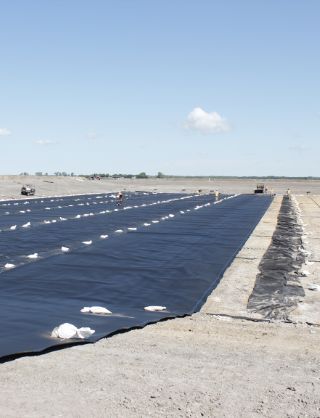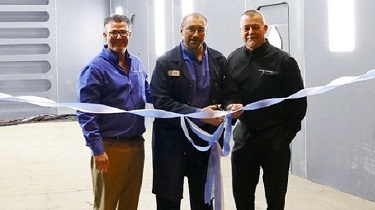To this point, wobbles in the economy and stimulus “moments” have seen savings spike. No change this time around—the personal savings rate, which in the past few months was hovering at about double the usual level, doubled again to 27.6%. That’s lower than the previous peak in March 2020 of 33.7%, suggesting that there may be more actual spending activity this time around—good for the economy, but something that may well test the limits of the global economy’s productive capacity.
With the growth-warning signs blaring, will this just be a big blip on the radar screen that fades out quickly? Far from it. The current stimulus program will continue for a full year beyond the initial dollop of dough. And there’s talk of a follow-up program—anything from US$2-$3 trillion more, with the lion’s share being devoted to infrastructure, in many different forms. Initially, it was thought that this phase of stimulus would have a rough ride through the legislative process, but it seems to have support, and if it goes through, will add significant economic heft to an already-tight situation. In that case, extra growth will definitely spill into 2022, so business would need to be ready to accommodate as much of that growth as possible.
How is the U.S. going to pay for all of this? Good question—there’s a plan sketched out for the infrastructure stimulus plan. For the moment, though, stimulus and the deficits it’s creating are being rolled into the overall debt, and the numbers are beginning to look a little unwieldy. Incidentally, I’m getting asked more questions from the business community as to how this is going to be dealt with, post COVID-19. For the moment, it’s being looked at as tomorrow’s issue, and that today’s focus is growth. If we get today’s agenda right, we may generate enough growth to significantly lessen tomorrow’s problem.






